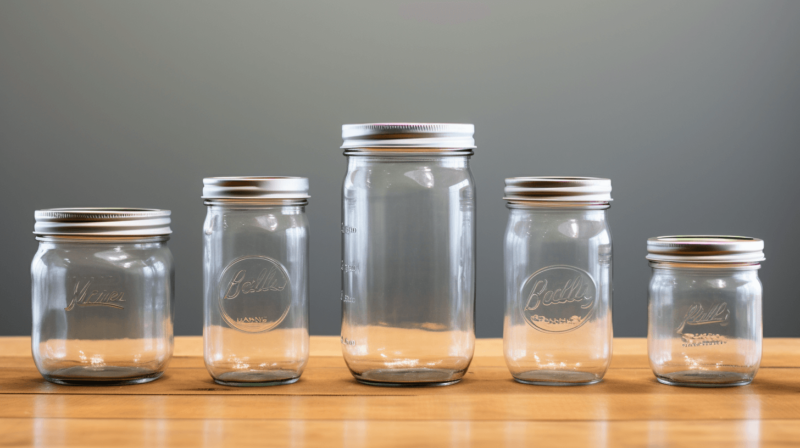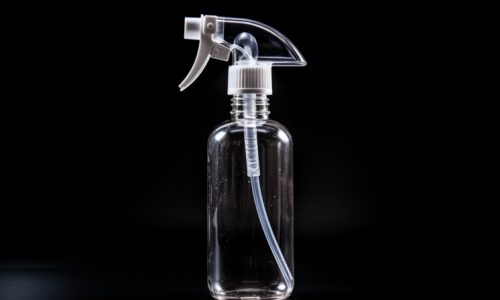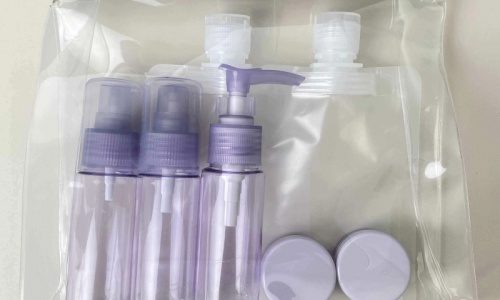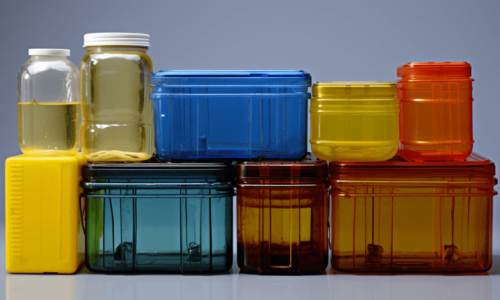
Mason jars are versatile glass or plastic containers that come in a variety of sizes, making them useful for storing and preserving foods as well as for craft projects. But how many ounces of liquid or dry ingredients can different sized mason jars actually hold? This comprehensive guide provides all the details you need to know.
Standard Mason Jar Sizes And Ounce Capacities:
-
- Pint (16 oz) – The most popular size, perfect for individual portions or small batches of jams/sauces. Holds approximately 16 fluid ounces or 2 cups.
- Quart (32 oz) – Twice the capacity of a pint, great for canning larger quantities of foods. Holds approx. 32 fluid ounces or 4 cups.
- Half Gallon (64 oz) – Ideal for fermenting large batches of pickles or bulk ingredient storage. Holds approx. 64 fluid ounces or 8 cups.
- Half Pint (8 oz) – Cute mini jars perfect for gifts or single-serve items. Hold approx. 8 fluid ounces or 1 cup.
- 4 oz – Tiny jars good for herbs, spices, and DIY projects. Hold about 4 fluid ounces or 1/2 cup.
- Specialty Sizes – Ranging from 1 oz to 128 oz for unique storage needs.
- Weigh empty jar, then weigh again after filling to determine total weight and calculate ounces. Digital kitchen scale recommended.
- For liquids – fluid ounces indicate volume capacity. But weight can vary depending on density.
- For dry goods – consider settling/compression. Don’t rely on volume capacity.
- Use precise kitchen scale and weigh in metric grams, then convert to ounces.
- For rough estimates – try measuring cups/spoons depending on ingredient types.
- Mark permanent ounce increments on jars you use frequently.
- Create removable measuring strips for inside of jars.
Understanding the size options and utilizing the right measuring techniques for your needs will ensure accuracy. Mason jars are endlessly versatile – follow this guide to get the most out of yours!
FAQs – Measuring Ounces In Mason Jars
Q: How are ounces measured in mason jars? A: Ounces can refer to fluid ounces (volume) or weight ounces (mass). For liquids, look at the jar’s fluid ounce capacity. For dry goods, weigh jars on a kitchen scale.
Q: What are the standard mason jar sizes? A: Common sizes are pint (16oz), quart (32oz), half gallon (64oz), half pint (8oz), and 4oz jelly jars. Specialty sizes are also made.
Q: Can any glass jar substitute for a mason jar? A: Not necessarily. Jar shape affects capacity, so using unmarked jars for recipes isn’t recommended. Stick to known mason jar sizes.
Q: Do mason jars from different brands hold the same ounces? A: Not always. Slight variations in size and shape mean capacities can differ between brands. Check ounces to be sure.
Q: Are ounce labels on mason jars reliable? A: Generally, yes. But over time, wear and tear may cause small changes. For very precise recipes, it’s best to measure.
Q: How do you measure dry ingredients like flour in jars?
A: Use weight ounces instead of fluid ounces. A kitchen scale is best for accuracy. Volume measures like cups are less reliable.
Q: What creative uses are there for mason jars? A: Craft projects, decor, storage containers, candle holders, dessert cups, and many more! The possibilities are endless.
Afshan 100% Support the Customization of Mason Jars. Check out the Afshan Mason Jars and Ask for a quoation






